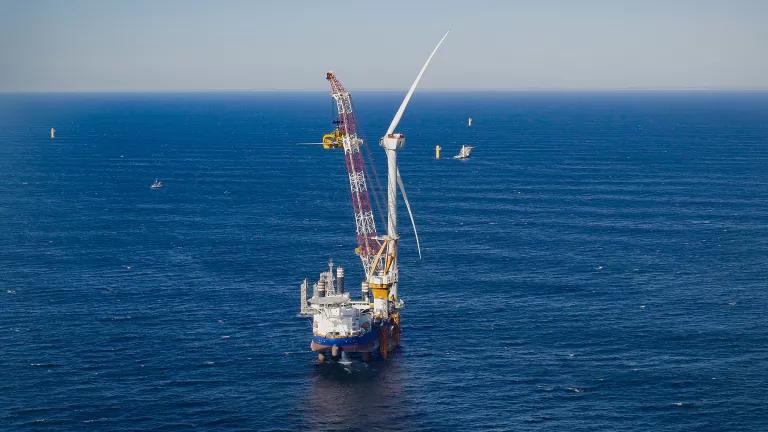A product of intensified strategic dialogues, ground-breaking U.S. and India collaboration on the industry and research institution fronts, is now well underway. Earlier this month, Administrative Staff College of India (ASCI), Council on Energy Environment and Water (CEEW), and NRDC conducted a final stakeholder workshop on the effective implementation of the U.S. India Joint Clean Energy Research and Development Center (JCERDC). Over 120 public and private institutions and industry participated in stimulating conversation through the course of the three workshops in Hyderabad, New York, and New Delhi. Participants from all workshops expressed their common goal of necessary collaboration towards research in solar energy, second generation biofuels and energy efficiency in buildings.
The New Delhi workshop was especially successful with a wide-ranging participant group. Some of the participants included Mahindra, Solar Energy Society of India, Schneider Electric, Forum for Advancement of Solar Thermal, Avantha, Reliance Power Ltd, and several more. The participants expressed optimism about potential research project and how clean energy breakthroughs could transform both the U.S. and Indian energy markets, as well as the global market.
The New Delhi participants identified themes that were also identified in the earlier workshops, such as IP sharing arrangements, alternative funding mechanisms, and more involvement from Indian and US governments. The participants also outlined the burden of efficient fund management and administration, the importance of identifying gaps in research and a call for funding towards more than one initiative per industry sector. The conversation at the New Delhi workshop also presented a forum for new research ideas such as the possible use of sweet sorghum as a biofuel ideal for ethanol production.
As in previous workshops, participants in New Delhi expressed concerns about t he funding opportunity application design. These concerns include the scarcity of time to find potential partners, collaborate, and submit the application before the deadline. Smaller organizations especially may find it difficult to access and communicate with potential partners in the United States. In response to this, ASCI, CEEW, and NRDC as requested are connecting organizations through the JCERDC website, contact list, and stakeholder profiles. Participants also suggested that more than one consortium should be able to qualify for funding in each of the three focus areas.
Participants emphasized that clean energy research must eventually extend beyond the lab to make an environmental impact. They suggested that the JCERDC secretariats should develop a mechanism to support commercialization efforts for clean technologies, which may be included in the Partnership to Advance Clean Energy (PACE) program. The experts were keen to ensure that ultimately the public should benefit from the joint research. For example, participants discussed how solar research could contribute to creating massive employment opportunities.
As it stands, the U.S. and India are ready and eager to follow through with the JCERDC and to invest in renewable energy technology collaboration. Indian institution and industry participants underscored the strong desire to develop a clear pathway towards collaboration and progress clean energy research.
(Co-Authored by Neha Mathew, NRDC Intern)



